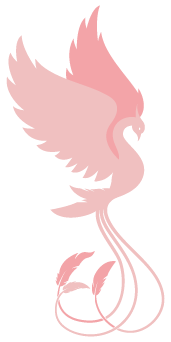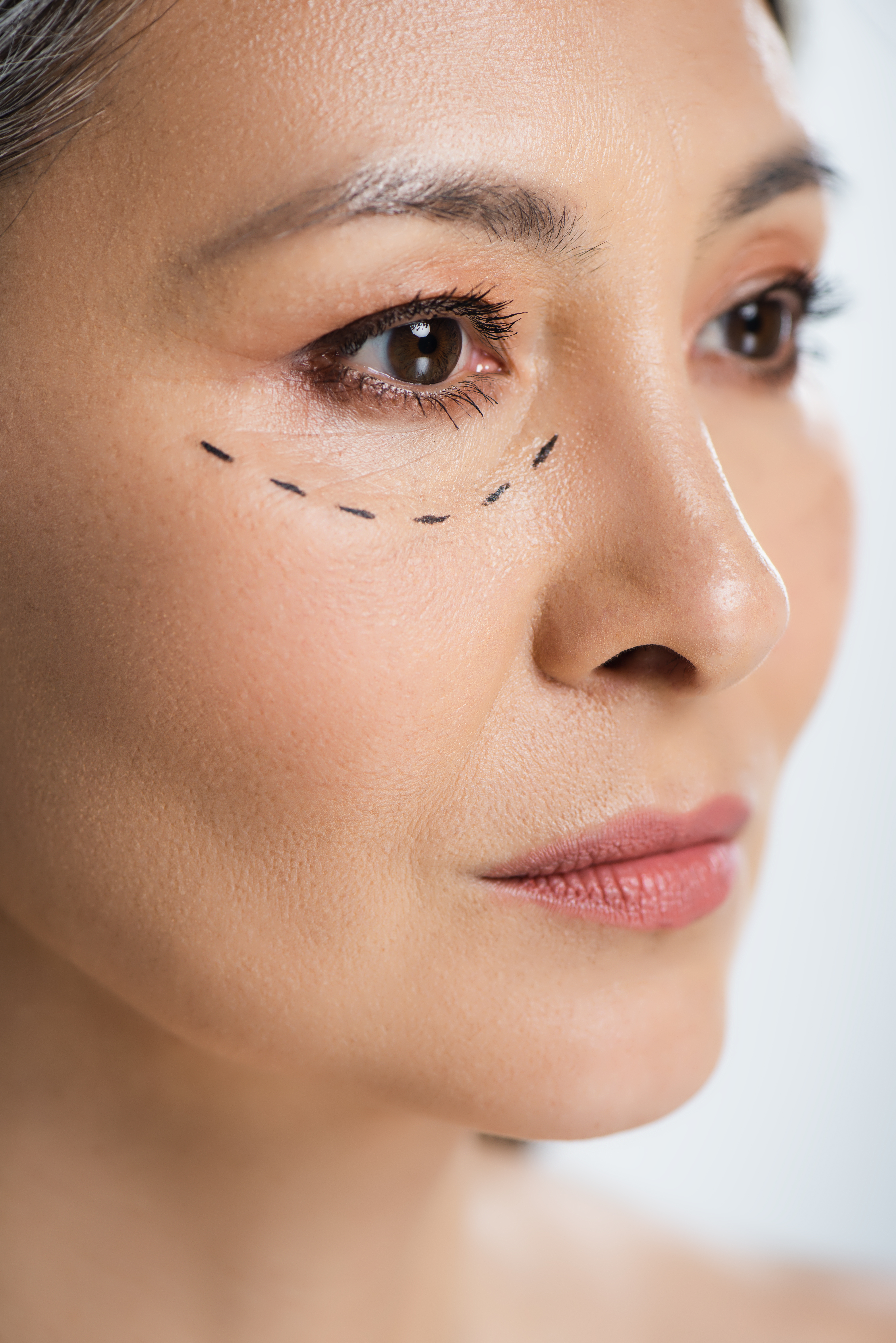Eyebrows play a crucial role in facial expressions, helping to convey emotions. However, as we age, the skin loses elasticity, and the effects of gravity cause the brows to droop. This can lead to forehead wrinkles and a sagging appearance, making a person look tired, sad, or stern.
Some individuals naturally have lower-positioned brows due to genetics. Even at a young age, people with low brows may appear fatigued or angry, despite feeling well-rested. For these reasons, brow lift surgery is commonly performed to achieve a more refreshed, energetic, and youthful look.
Brow drooping is not only an aesthetic concern but can also cause functional issues. Low-positioned brows may push down the upper eyelid skin, restricting the field of vision. In such cases, a brow lift can improve vision while also enhancing facial aesthetics.
Additionally, individuals who frequently raise their brows to compensate for sagging may experience forehead muscle strain, leading to chronic headaches. A brow lift can help reduce muscle tension and relieve headaches.
Who Is a Suitable Candidate for a Brow Lift?
A brow lift is typically recommended for individuals who feel uncomfortable with their low brow position and desire a more youthful appearance. However, a person’s health condition and facial anatomy must be considered before undergoing the procedure.
Ideal Candidates
- People aged 40 and above experiencing age-related brow drooping
- Individuals with excess upper eyelid skin due to brow sagging
- Those bothered by asymmetrical brows
- People who feel they always look tired or sad due to low brows
- Those looking for a surgical or non-surgical solution for lifted brows
- Individuals in good overall health
- Those with realistic expectations about the results
Not Suitable Candidates
- Individuals under 18 years old, as their facial structure is still developing
- Those with advanced eye diseases such as glaucoma or thyroid eye disease
- Pregnant and breastfeeding women, as the effects of treatments on infants are unclear
- Individuals with uncontrolled diabetes, hypertension, or bleeding disorders
- Those with active skin infections or allergic reactions
- People allergic to materials used in certain fillers or botox treatments
Before undergoing a brow lift, a specialist evaluation is necessary to determine the most suitable technique for the individual’s facial structure.
Comparison of Different Brow Lift Methods
| Method | Procedure Time / Anesthesia | Effect Duration | Recovery Time |
|---|---|---|---|
| Botox Brow Lift | 5-10 min (Topical anesthesia) | 4-6 months (Temporary) | Immediate return to daily life |
| Dermal Filler Brow Lift | 10 min (Local anesthesia) | 6-12 months (Temporary) | Mild swelling or bruising, resolves in a few days |
| Thread Lift Brow Lift | 20-30 min (Local anesthesia) | 3-5 years (Semi-permanent) | 1-2 days to return to daily activities, avoid heavy facial movements |
| Surgical Brow Lift (Endoscopic or Traditional) | 1-2 hours (General anesthesia) | 10+ years (Permanent) | 1-2 weeks of noticeable swelling, full recovery in a few months |
Advantages and Disadvantages of Brow Lift Methods
Non-surgical methods are faster, low-risk, and require no downtime but are temporary. Surgical techniques provide long-lasting results but involve longer recovery times. Below is a comparison of non-surgical and surgical approaches.
Advantages of Non-Surgical Brow Lift
- Quick and practical - Most procedures take 5-20 minutes
- No interruption to daily life - Patients can resume normal activities immediately
- No incisions or stitches - No visible scarring
- Minimal or no anesthesia required - Local anesthetics are sufficient
- More affordable than surgery
- Lower risk of complications - Mild redness or bruising, typically resolving within days
Disadvantages of Non-Surgical Brow Lift
- Temporary results
- Botox: Lasts 4-6 months
- Fillers: Lasts 6-12 months
- Thread lift: Lasts 3-5 years, but not as long as surgery
- May be ineffective for severe brow drooping
- Botox and fillers only lift brows by a few millimeters
- Thread lift is best for moderate drooping
- Requires regular maintenance
- Botox: Twice per year
- Fillers: Annually
- Thread lift: Every 3-5 years
- Potential side effects
- Incorrect Botox application can cause temporary eyelid drooping
- Improper filler injection may block blood flow
- Thread lift may cause mild discomfort or irregular results
Advantages of Surgical Brow Lift
- Longest-lasting method
- Endoscopic lift: Lasts over 10 years
- Traditional forehead lift: May be permanent
- More dramatic, noticeable results
- Can lift brows significantly rather than just a few millimeters
- Reduces forehead wrinkles and enhances overall facial balance
- One-time procedure
- Unlike Botox or fillers, no repeated treatments are needed
- Best for advanced brow drooping
- Can be combined with other facial procedures
- Often performed with eyelid surgery (blepharoplasty) or forehead lift
Disadvantages of Surgical Brow Lift
- Requires longer recovery
- Swelling and bruising may persist for 1-2 weeks
- Full results take a few months to fully settle
- May require general anesthesia
- Scarring risk
- Endoscopic technique leaves small scars hidden in the hairline
- Traditional forehead lift may leave mild scars within the scalp
- More expensive than non-surgical options
- Surgical risks
- Infection, bleeding, or nerve damage (though rare)
- Brow asymmetry, which may require minor corrections
Recovery Process for Different Brow Lift Methods
| Method | Recovery Time | Precautions | Possible Side Effects |
|---|---|---|---|
| Botox | Immediate return to daily life | Avoid massaging the area for 4-6 hours | Mild redness, rare asymmetry |
| Filler | 1-2 days for swelling to subside | Avoid exercise and heat exposure for 24 hours | Bruising, temporary filler movement |
| Thread Lift | 3-5 days for swelling to reduce | Avoid heavy facial movements for 3 weeks | Mild tightness, rarely visible threads under skin |
| Surgical Brow Lift | 7-14 days to return to normal activities, full healing in 3-6 months | Avoid strenuous activities for 2 weeks | Swelling, mild scarring, rare nerve damage |
Which Brow Lift Method Should You Choose?
- For a quick and simple enhancement → Botox or dermal fillers
- For moderate brow drooping → Thread lift
- For long-lasting, noticeable results → Surgical brow lift
The ideal method depends on patient expectations, facial structure, and overall health. A specialist should assess each individual to determine the most suitable technique.
A brow lift can instantly refresh the face, creating a brighter, younger, and more open-eyed appearance. Proper post-procedure care ensures optimal healing and long-lasting results.









